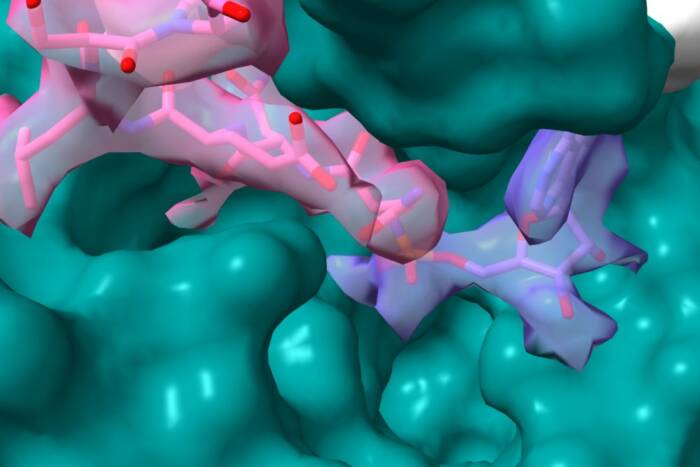Gaby Maimon named one of Popular Science’s "Brilliant Ten"
Gaby Maimon, one of Rockefeller’s newest faculty members, who studies the neural basis for decision-making in fruit flies, has been named one of Popular Science’s “Brilliant Ten.” The honor recognizes Maimon’s development of a technique to monitor electrical activity in individual neurons as fruit flies navigate a virtual world in “tethered flight.” Popular Science, with over 1.3 million subscribers, chooses ten scientists under the

age of 40 for the honor, and profiles them(opens in new window) in a special issue each fall.
Because fruit flies have only four chromosomes and breed so quickly, they have long been important for addressing the fundamental questions of heredity (where along a chromosome does a particular gene reside, how do different genes interact to generate an outcome, etc.). In recent decades, scientists have begun to use fruit flies to study the age-old question of how genes give rise to behavior. However, these studies have been limited in that it has not been possible to peer into the fly brain as the animals actually behave. Thus the link between genes and fly behavior has remained vague in many instances – when a particular gene is mutated, a particular behavior is affected, but how?
Maimon’s platform provides a bridge to link genes, through the electrical activity of neurons, to fly behavior. In his system, flies are attached to a small plate where they can flap their wings in “tethered flight.” The flies make decisions to turn left or right, up or down, based on what they see on a visual display in front of them. Maimon can easily manipulate genes and ask how these manipulations affect both brain activity and behavior, in the same animal, in real time.
Maimon’s research has found that neurons in the fly’s visual system are about twice as responsive during flight as they are at rest. These results suggest a reconsideration of decades of work on quiescent flies, where theories on how these insects see the world were based exclusively on recordings in passively viewing animals. More importantly, Maimon’s system sets the stage for all kinds of new studies that would not be possible without it. He plans to use his methodology to further our understanding of the neuronal basis of behavioral choice, the neuronal basis of behavioral timing and the origin of behavioral variability – why different individuals make different decisions and why the same individuals make different decisions at different times. These experiments require the ability to observe and manipulate the behaving brain.
For over a decade, the editors of Popular Science have been seeking out promising young researchers at labs across the nation. This year’s “Brilliant 10” represent the best of what science can achieve and demonstrate America’s continuing cutting-edge research. “Our annual ‘Brilliant 10’ feature is a testament to the importance of scientific research and a salute to the dazzling young minds driving it,” said Mark Jannot, editorial director, the Bonier Technology Group and Editor-in-Chief, Popular Science. “Each year, we solicit nominations from hundreds of eminent scientists and whittle the candidates down to the ones whose work really blows the tops of our heads off.”


